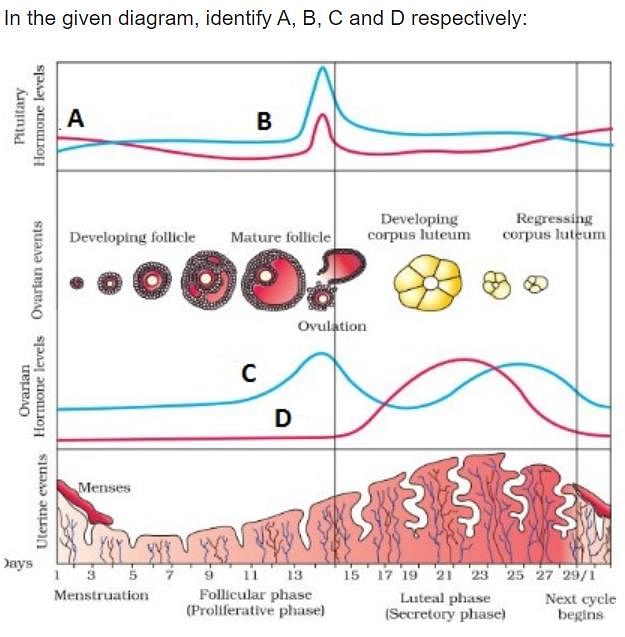NEET Exam > NEET Tests > Biology Class 12 > Test: Human Reproduction - 1 - NEET MCQ
Test: Human Reproduction - 1 - NEET MCQ
Test Description
15 Questions MCQ Test Biology Class 12 - Test: Human Reproduction - 1
Test: Human Reproduction - 1 for NEET 2025 is part of Biology Class 12 preparation. The Test: Human Reproduction - 1 questions and answers have been
prepared according to the NEET exam syllabus.The Test: Human Reproduction - 1 MCQs are made for NEET 2025 Exam. Find important
definitions, questions, notes, meanings, examples, exercises, MCQs and online tests for Test: Human Reproduction - 1 below.
Solutions of Test: Human Reproduction - 1 questions in English are available as part of our Biology Class 12 for NEET & Test: Human Reproduction - 1 solutions in
Hindi for Biology Class 12 course. Download more important topics, notes, lectures and mock
test series for NEET Exam by signing up for free. Attempt Test: Human Reproduction - 1 | 15 questions in 15 minutes | Mock test for NEET preparation | Free important questions MCQ to study Biology Class 12 for NEET Exam | Download free PDF with solutions
Test: Human Reproduction - 1 - Question 1
The number of egg cells produced as a result of meiosis in humans is
Detailed Solution for Test: Human Reproduction - 1 - Question 1
Detailed Solution for Test: Human Reproduction - 1 - Question 2
Test: Human Reproduction - 1 - Question 3
_______ stimulate the process of spermatogenesis. ______acts on the Sertoli cells and stimulates secretion of some factors which help in the process of spermiogenesis.
Detailed Solution for Test: Human Reproduction - 1 - Question 3
Test: Human Reproduction - 1 - Question 4
In a pregnant woman having prolonged labour pains, if the childbirth has to be hastened, it is advisable to administer a hormone that can
Detailed Solution for Test: Human Reproduction - 1 - Question 4
Test: Human Reproduction - 1 - Question 5
How many eggs will be formed from 100 primary oocytes
Detailed Solution for Test: Human Reproduction - 1 - Question 5
Detailed Solution for Test: Human Reproduction - 1 - Question 6
Detailed Solution for Test: Human Reproduction - 1 - Question 7
Detailed Solution for Test: Human Reproduction - 1 - Question 8
Detailed Solution for Test: Human Reproduction - 1 - Question 9
Test: Human Reproduction - 1 - Question 10
Proliferative phase of menstrual cycle is also called
Detailed Solution for Test: Human Reproduction - 1 - Question 10
Detailed Solution for Test: Human Reproduction - 1 - Question 11
Detailed Solution for Test: Human Reproduction - 1 - Question 12
Detailed Solution for Test: Human Reproduction - 1 - Question 13
Test: Human Reproduction - 1 - Question 14
A hormone secreted by the posterior lobe of the pituitary is concerned with
Detailed Solution for Test: Human Reproduction - 1 - Question 14
Test: Human Reproduction - 1 - Question 15
Which of the following best describes the role of the trophoblast layer during the early stages of embryonic development?
Detailed Solution for Test: Human Reproduction - 1 - Question 15
|
78 videos|276 docs|174 tests
|
Information about Test: Human Reproduction - 1 Page
In this test you can find the Exam questions for Test: Human Reproduction - 1 solved & explained in the simplest way possible.
Besides giving Questions and answers for Test: Human Reproduction - 1, EduRev gives you an ample number of Online tests for practice





















